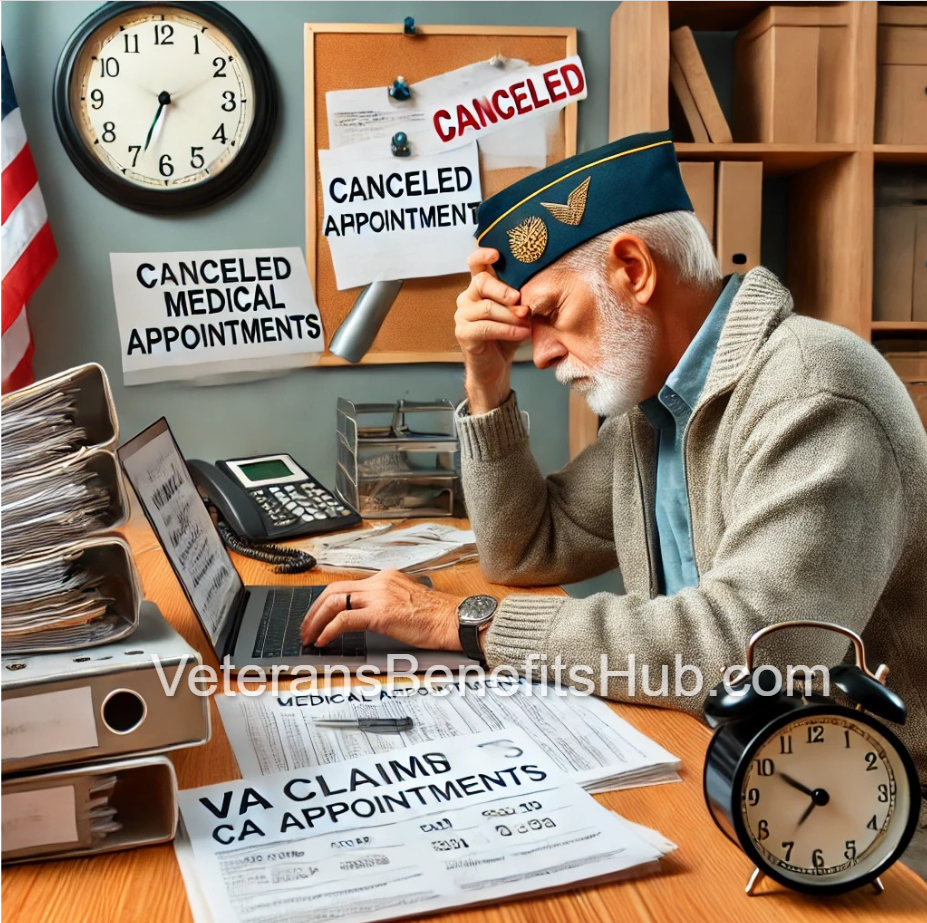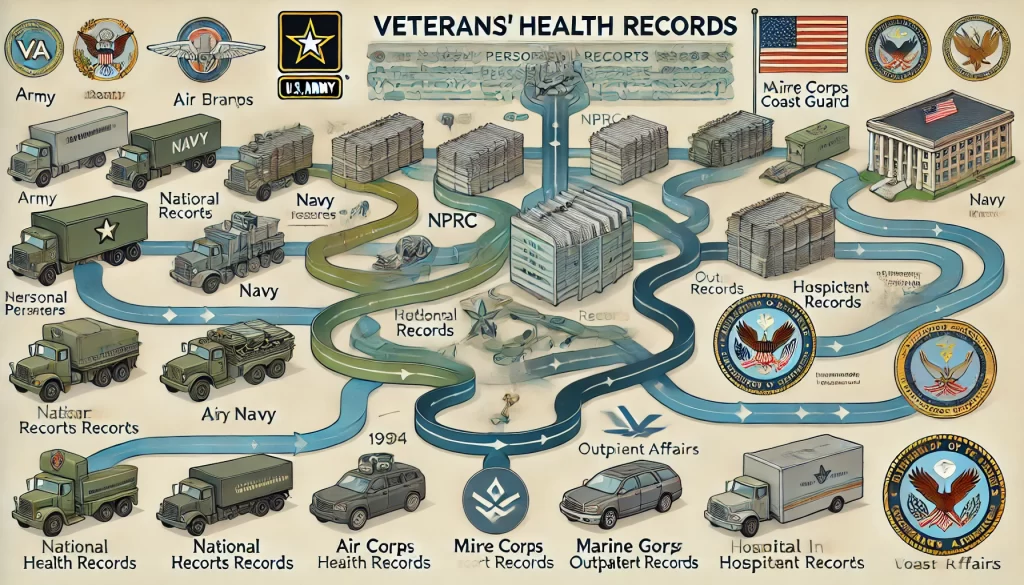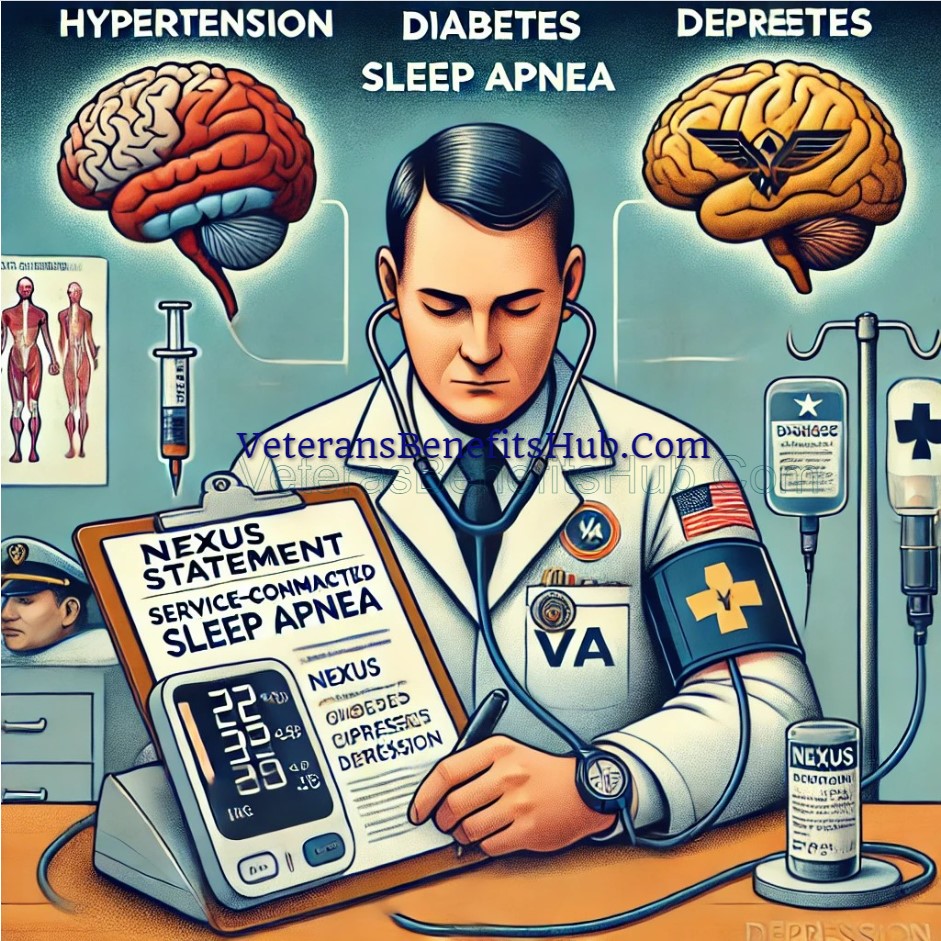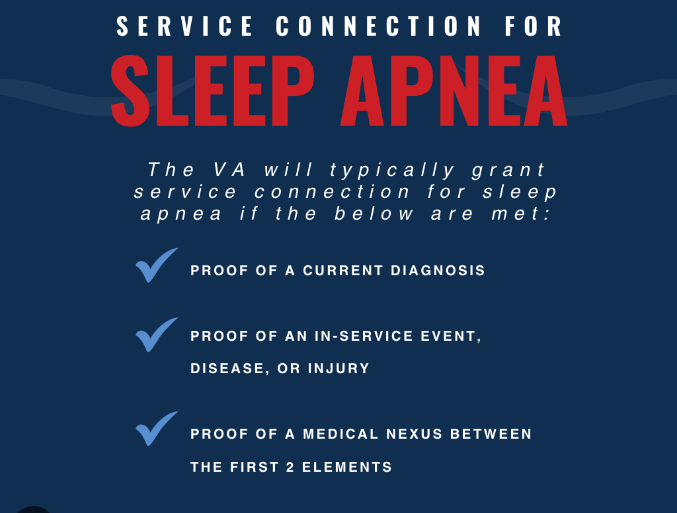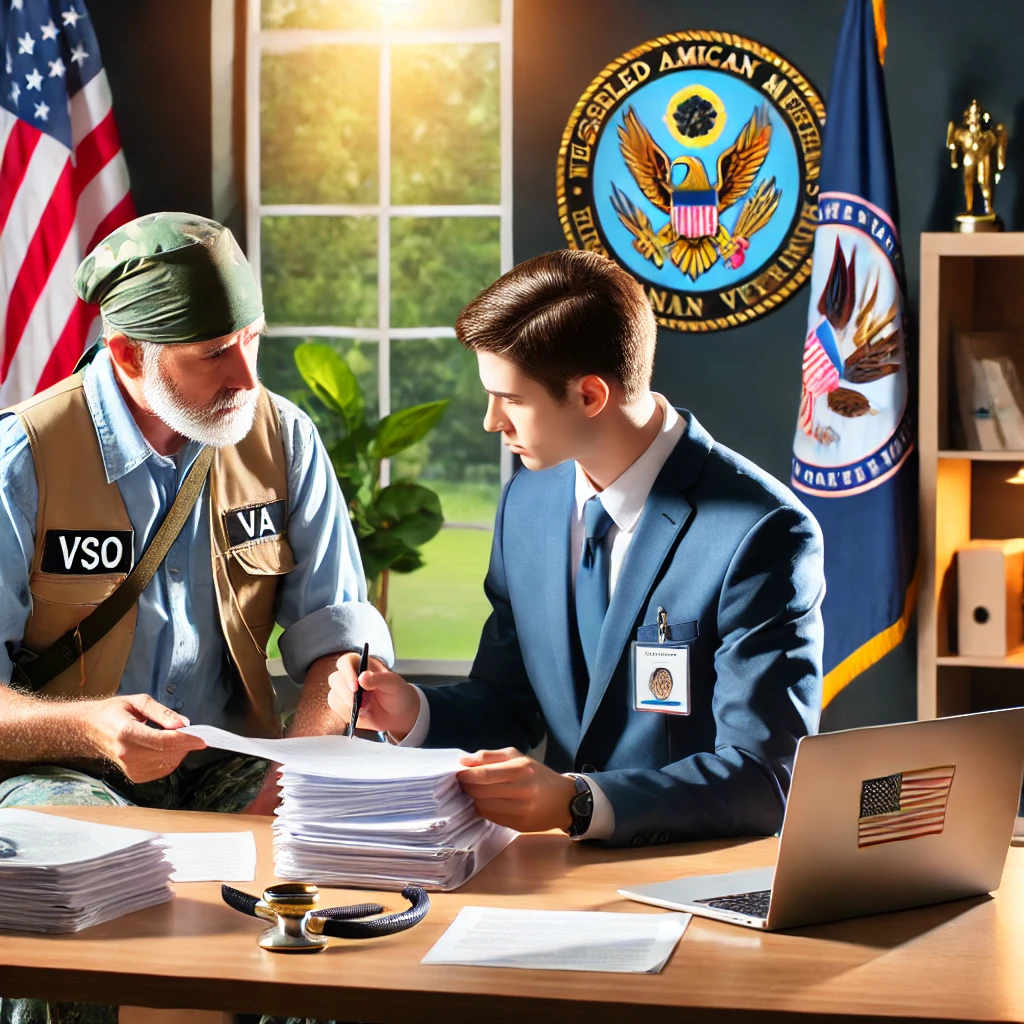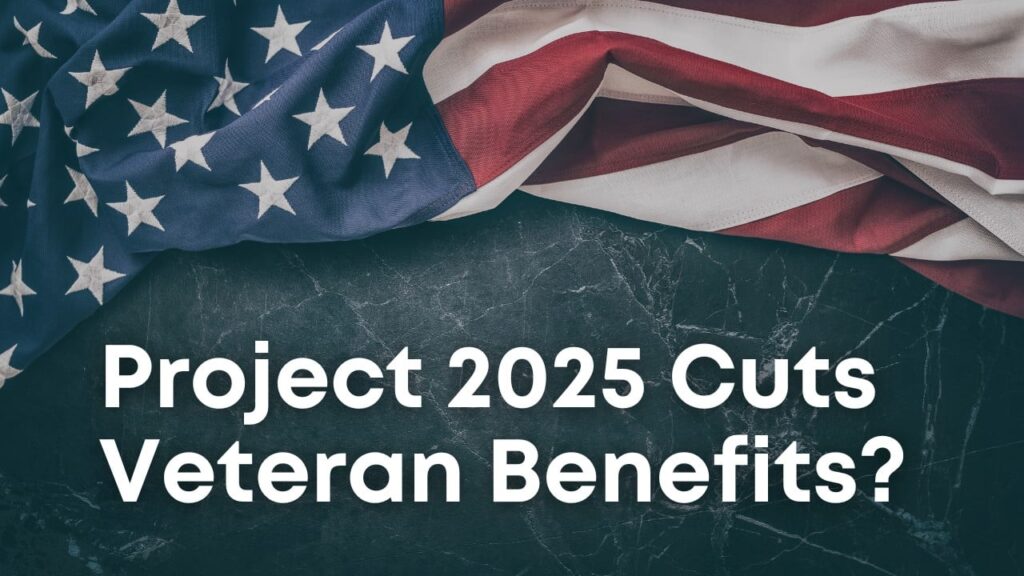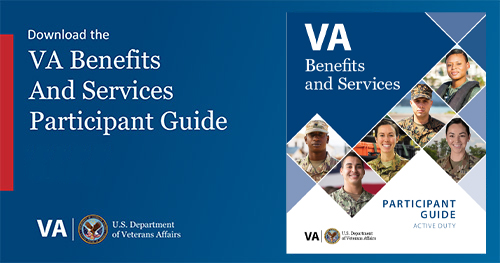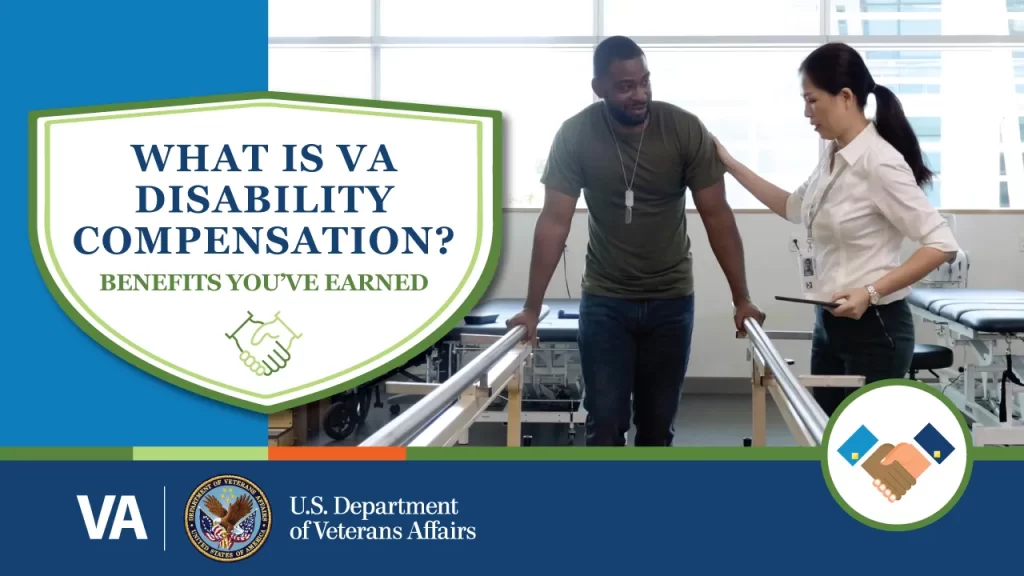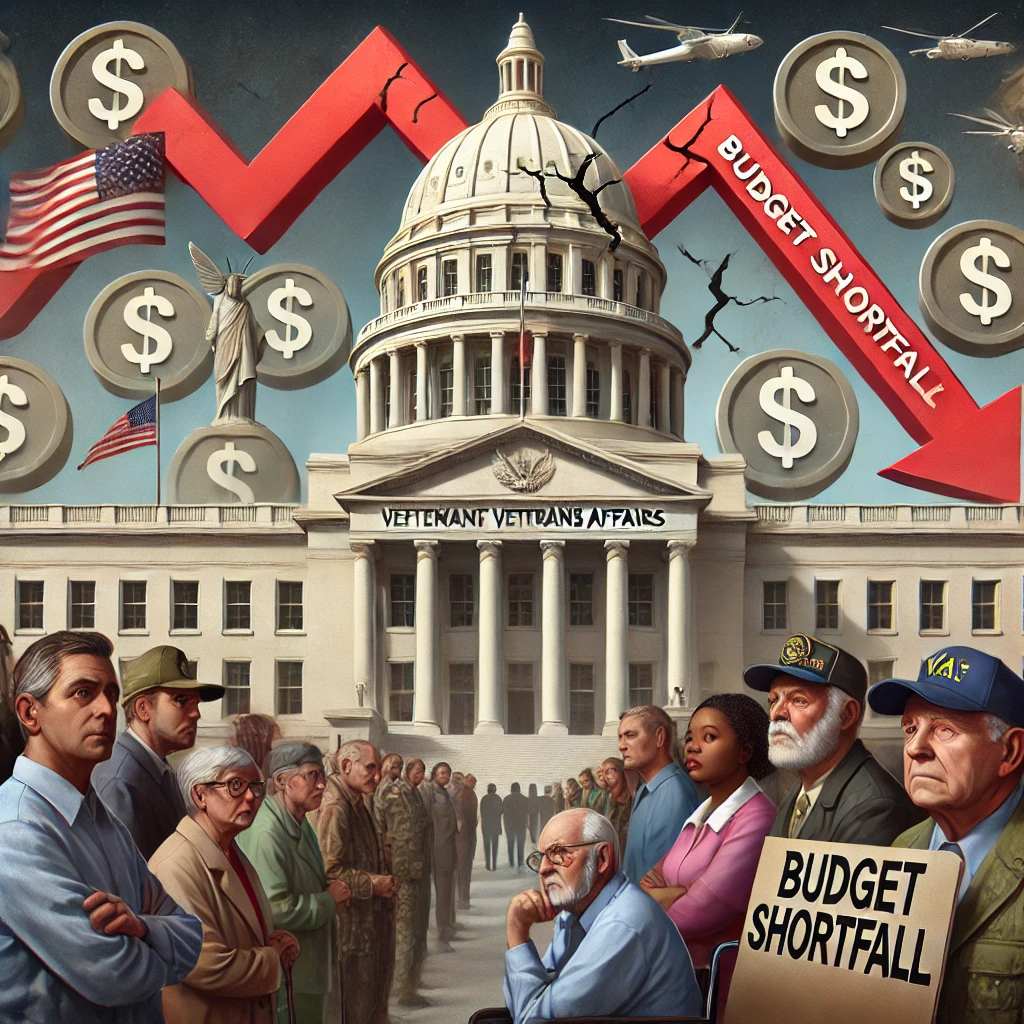Elderly Veterans Benefits: A Comprehensive Guide to VA Support Programs

The Department of Veterans Affairs (VA) provides a wide range of benefits designed to support elderly veterans, many of whom may not be fully aware of the valuable assistance available. Veterans who served during wartime, are 65 years or older, or have significant disabilities could qualify for various forms of financial and healthcare support. This article explores several key benefits for elderly veterans, including the Aid and Attendance program, geriatric care, long-term care, and other home-based services.
Who Qualifies?
Veterans aged 65 and older, especially those who served during periods of conflict, such as World War II, the Korean War, the Vietnam War, and the Persian Gulf War, may be eligible for these special benefits. These programs are designed to help address the changing health, financial, and support needs of elderly veterans as they age.
Key VA Benefits for Elderly Veterans
The VA offers several important programs tailored specifically for elderly veterans:
1. Aid and Attendance (A&A) Program
The Aid and Attendance (A&A) program provides additional financial assistance to veterans who need help with daily living activities, such as bathing, dressing, or eating. This benefit is available to veterans who already qualify for a VA pension and meet specific criteria regarding their health needs.
2. Housebound Benefits
Housebound benefits offer increased monthly payments to veterans who are largely confined to their homes due to a disability. Like the A&A program, these benefits are only available to veterans who qualify for a VA pension.
VA Healthcare for Elderly Veterans
The VA also provides geriatric healthcare tailored to meet the complex needs of elderly veterans. This care can be offered in a variety of settings:
- In-home care: Veterans can receive assistance and healthcare in the comfort of their own homes.
- Community care: For those who prefer, or require, care in a community setting, the VA offers access to services through local healthcare providers.
- VA care centers: Some veterans may prefer to receive their care directly from a VA medical facility.
For more information about VA healthcare programs and geriatric services, visit the VA’s Geriatrics and Extended Care page.
Long-Term Care Options
Veterans who require long-term assistance may also be eligible for VA-sponsored extended care. This includes services for veterans of all ages who need daily support, whether at home, in a VA facility, or through community providers. Long-term care options include:
- Skilled nursing care
- Assisted living services
- Respite care for caregivers
More details about the VA’s long-term care programs can be found here.
Home-Based and Community Services
For veterans who wish to remain at home but still require regular support, the VA offers a variety of Home-Based and Community Services, including:
- Home Health Aide Care: Provides personal care services.
- Homemaker and Home Health Aide Programs: Support veterans with daily activities such as bathing, dressing, and meal preparation.
- Skilled Home Care: Offers professional healthcare services for veterans needing regular medical attention.
Learn more about these home-based services and how to access them on the VA’s Home and Community-Based Services page.
How to Apply for These Benefits
Veterans and their families can apply for elderly benefits in several ways:
- Apply Online: Visit the VA’s online application portal to begin the application process.
- Work with an Accredited Veterans Service Officer (VSO): Accredited VSOs can assist veterans in applying for their benefits. A directory of these officers is available here.
- File in Person: Veterans can also apply in person by visiting a VA regional office. To find the nearest regional office, visit the VA’s facility locator.
- Submit a Paper Application: Fill out VA Form 21-526EZ for electronic filing, which can be downloaded here.
Veterans can also mail their applications to the following address:
Department of Veterans Affairs
Claims Intake Center
PO Box 4444
Janesville, WI 53547-4444
Next Steps
After learning about the benefits available for elderly veterans, it’s essential to take action. Review the links provided to explore the various programs and determine which ones are most applicable. Don’t hesitate to seek assistance from a VSO or the VA directly if you have any questions. The process can sometimes feel overwhelming, but there are many resources available to ensure veterans receive the support and benefits they deserve.
For further information on VA benefits for elderly veterans, check out the Veterans Affairs Elderly Veterans page.
This guide has covered important VA benefits for elderly veterans, including the Aid and Attendance program, geriatric and long-term care, and home-based services. Understanding these options and knowing how to apply ensures veterans can access the support they need during their golden years.
